“When you see there are more than 20,000 known edible plants on our planet, and yet our food comes primarily from a dozen of them, there is definitely opportunity to change and discover new ways of eating,” John Wright, senior vice president, Sodexo Food Platform, said. “Today, we are helping consumers as they look for ways to adopt more sustainable diets. Future 50 Foods represents an exciting opportunity for our chefs to innovate in the kitchen and share Sodexo’s Love of Food (campaign) with diners in a way that’s also good for the planet.” Last year, Sodexo launched 200 new plant-based dishes at hundreds of corporate, university, and healthcare cafeterias nationwide.
This is a big move by Sodexo. They are the world’s largest food vendor and serve 13,000 sites with over 100 million people eating meals with them each day. Honestly though, the thing that I found incredible was the part about the 20,000 known edible plants.
It makes sense that there are that many plants to eat, but I’m just not sure I’d ever seen that figure. Now I’m wondering how many I’ve tried, or if I’m in the double-digits percentage-wise.
That’s the sort of number I like to see when I think of what it’d be like to eat at Noma or Vespertine. I hope they open my world up by introducing me to vegetables that I’ve not only never tasted, but maybe never even seen or possibly even heard of.
